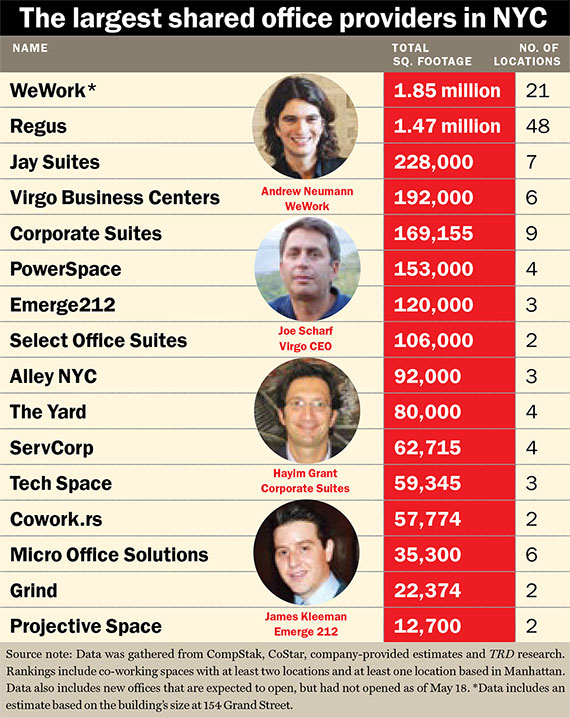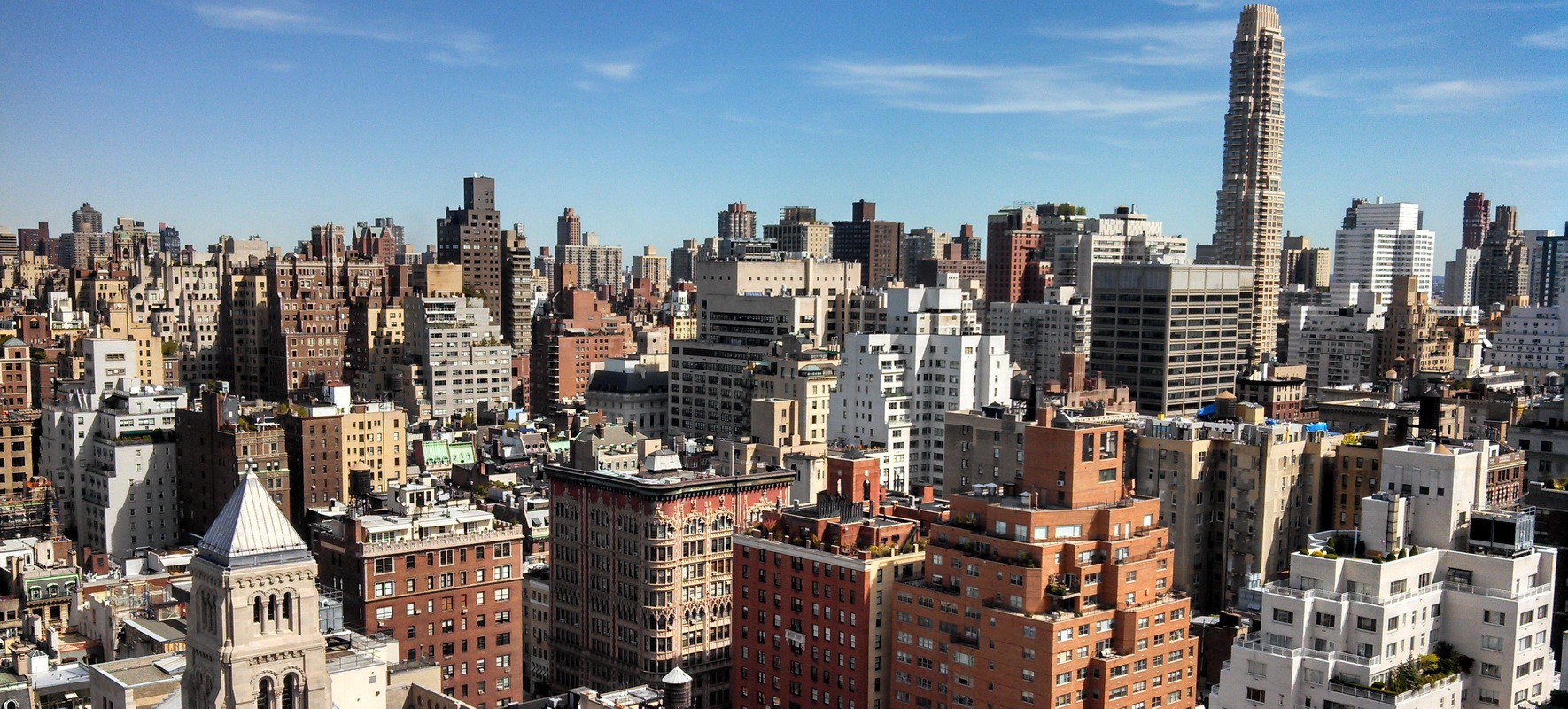

Some companies are adding foot-operated door openers. Buttons on walls outside restrooms can be pressed with an elbow, averting the need to touch door handles. Landlords who have yet to invest in such systems have experimented with foot pedals to activate elevators.

Sensors will allow employees to enter a turnstile and summon an elevator with the wave of a hand. Signs that had proliferated during the pandemic - promoting “self-cleaning” elevator buttons and virus-zapping technologies like ionization and ultraviolet light - will eventually be removed.īut increasingly, moving through an office building is likely to be a hands-free experience aided by mobile apps, sensors and voice controls, even after the reluctance to touch surfaces diminishes. In lobbies, floor decals spaced six feet apart may be around “just until people get into the habit,” said Natalie Engels, a principal at Gensler, an architecture firm. Stopgap measures may fade away as the pandemic loosens its grip, but others will be here to stay. Modifications made to offices to protect against the coronavirus are still in effect. Workers have often resisted the loss of their personal desks when companies sought to reduce their real estate footprint, but they may be more amenable to the idea now if the payoff is the ability to skip the commute and work from home.
#New york office sharing free
So has reserving a hot desk ahead of time rather than simply showing up and grabbing a free spot. Protocols for wiping down tabletops before and after use have become the norm. But that stance has softened with the recognition that the virus is transmitted mainly through the air. In the early months of the pandemic, when it was believed that the coronavirus was spread via contaminated surfaces, hot desks got a hard no from office users. In some cases, personal desks are being replaced with “hoteling” workstations, also called hot desks, which can be used by whoever needs a place to touch down for a day. Why, company leaders are asking, should someone who is in the office one or two days a week require a space that will sit empty the rest of the time? Workplaces are being reimagined for activities benefiting from face-to-face interaction, including collaboration on projects and employee training, as a way to promote a company’s culture and identity.īut as the amount of space devoted to gathering expands, the fate of one’s own personal turf at the office - a desk decorated with family photos, a couple of file cabinets - hangs in the balance. More than 80 percent of companies are embracing a hybrid model whereby employees will be in the office three days a week, according to a new survey by KayoCloud, a real estate technology platform. Now, as company heads are again planning for a return to the office, not only safety measures but also the new work arrangements are driving discussions about the postpandemic workplace. As the pandemic dragged on and people got the hang of Zoom, many discovered it was possible to be productive while parked on living room sofas or in backyard lawn chairs. One-way arrows were stenciled on corridor floors, chairs were removed from conference rooms, and an elaborate choreography was developed to determine how and when teams would return to avoid overcrowding. Desks were dragged six feet apart and Plexiglas barriers installed between them. Last spring, while lockdowns were in place, landlords and tenants prepared for what they thought would be a return to the office in the summer and fall.

“We really are at an inflection point,” said Meena Krenek, an interior design director at Perkins+Will, an architecture firm that is revamping offices, including its own, for new modes of working. Target said this month that it was giving up office space in downtown Minneapolis, and in September, the sporting goods retailer REI sold its newly built headquarters in Bellevue, Wash. These new arrangements mean companies may need less office space, and some have already cut back on their real estate needs, according to a survey from the consulting firm PwC. Companies like Google, Microsoft and Walmart have already announced proposals for hybrid work models that will allow employees to continue to work remotely at least a few days a week. Now, as companies prepare to bring workers back, experts say even more changes are on the way.Įxpect expanded gathering spaces and fewer personal workstations, for instance, changes that are being fueled by the success of working from home. Since the pandemic sent workers home last year, a slew of modifications have been made to office buildings to protect against the spread of the coronavirus.


 0 kommentar(er)
0 kommentar(er)
